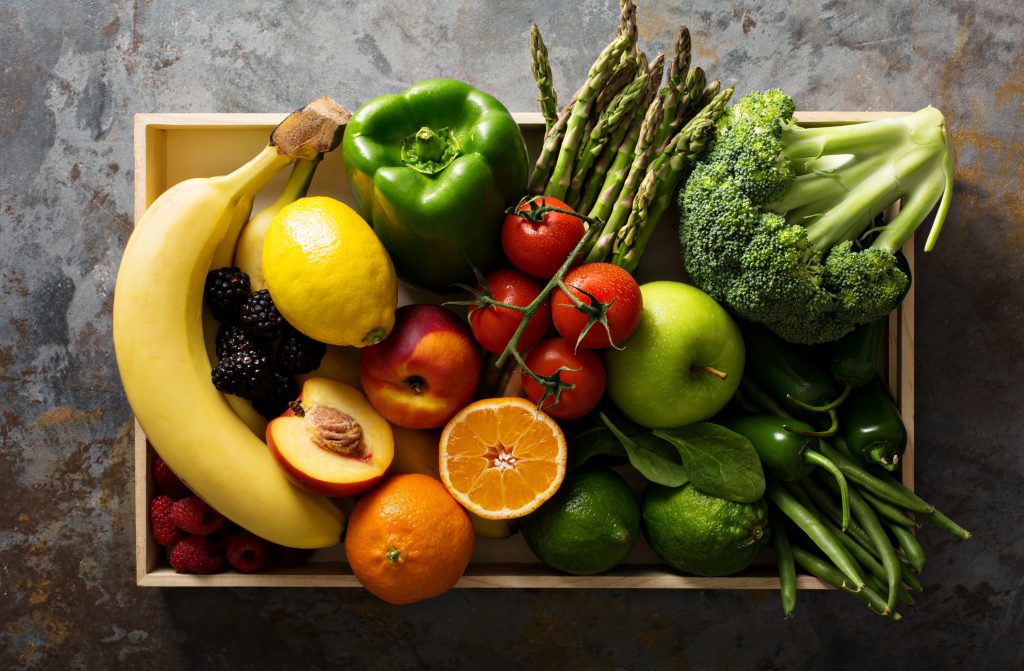Fiber is often described as either soluble or insoluble. Soluble fiber dissolves in water and helps lower blood cholesterol and glucose levels. Soluble fiber is found in apples, citrus fruits, carrots, oats, peas and beans. Insoluble fiber assists movement through your digestive system and increases stool bulk. Whole-wheat flour, nuts, beans and vegetables, such as cauliflower, green beans and potatoes, have high levels of insoluble fiber.
In a recent study, people who ate more fiber—26 grams a day—lowered their odds of Type 2 diabetes by 18 percent compared to those that consumed less than 19 grams of fiber a day. Fiber’s dual role of keeping blood sugar levels low and maintaining a healthy weight make it ideal for those with prediabetes.
In addition to lowering your risk of Type 2 diabetes and heart disease, the benefits of fiber include normalizing bowel movements, lowering cholesterol levels, controlling blood sugar levels and maintaining a healthy weight. Fiber lowers your risk of developing hemorrhoids and small pouches in your colon, which may prevent colon diseases. High-fiber foods take longer to eat and are https://www.mayoclinic.org/healthy-lifestyle/nutrition-and-healthy-eating/in-depth/fiber/art-20043983. You get more bang for your buck with fiber because they have fewer calories for the same volume of food.
While many fruits and vegetables are high in fiber, make sure that you steer clear of processed foods. Canned food, pulp-free juices and non-whole-grain items are lower in fiber. Enriched foods have some B vitamins and iron reintroduced, but still lack high levels of fiber. Whole-grain products, fruits, vegetables, beans, legumes and nuts offer the most fiber in your diet.
If you’re struggling to introduce fiber into your daily routine, consider choosing a high-fiber breakfast such as a whole-grain cereal or fiber-enriched yogurt. If you’re a baker, swap out the all-purpose flour for whole-grain flour. Finally, fresh fruits and raw vegetable make delicious high-fiber snacks.
The next time you cook a meal, make sure to introduce at least one high-fiber food to tap the many health benefits of fiber.
Remember, eating isn’t the only way to reduce your risk of Type 2 Diabetes. Scheduling annual doctor visits is essential if you have a family history of diabetes, which means health care is a must. If you currently don’t have health insurance, Nevada Health Link is here to help. As part of a Qualifying Life Event (QLE), you may be eligible for a Special Enrollment Period (SEP). In other words, certain life events or situations, such as job loss, income change, marriage/divorce or birth/adoption of a child, may allow you to enroll in an insurance plan through Nevada Health Link outside of the annual open enrollment period.
All of our health plans exist to reduce the costs of health insurance and make sure you are covered. We’re always to help, so don’t hesitate to reach out for assistance.








